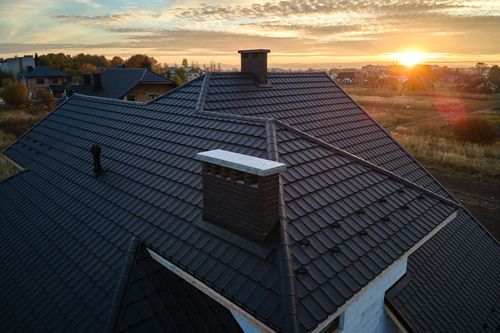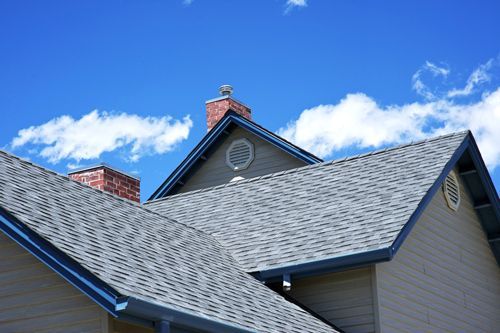Understanding Storm Damage Repair for Your Roof
When a storm hits, one of the most susceptible parts of your home is your roof. The wind, rain, and hail can all cause significant damage that requires immediate repair. However, understanding how to handle storm damage repair for your roof can be overwhelming and confusing. In this blog post, we will discuss the key things you need to know about repairing your roof after a storm.
Assessing the Damage
The first step in dealing with storm damage on your roof is assessing the extent of the damage. This involves inspecting both the interior and exterior of your roof. Here are some signs to look out for:
- Missing or Damaged Shingles: Strong winds can rip off shingles or cause them to become loose or damaged.
- Leaks: Water stains on your ceiling or walls are clear signs of roof damage.
- Debris: Fallen branches, leaves, or other debris can cause blockages and damage to your roof.
- Cracks: Hail and strong winds can cause cracks in your shingles, which can lead to leaks and further damage.
It's important to take note of the type and severity of the damage as this will determine the necessary repairs. For instance, minor cracks may only require a simple patch-up while major structural damage may need more extensive repairs.
Hiring a Professional Roofer
While some minor storm damage repairs can be done by homeowners themselves, it’s best to hire a professional roofer for any significant damage. A professional will have the experience, skills, and equipment needed to safely and effectively repair your roof.
When looking for a roofer, make sure they are licensed and insured. You can also ask for references or check online reviews to ensure you hire a reputable and reliable company.
The Repair Process
The storm damage repair process may vary depending on the type of damage and the materials used on your roof. However, here are some general steps that most roofing contractors follow:
- Clearing Debris: The first step is removing any debris from your roof to properly assess the damage underneath.
- Temporary Repairs: If there is an immediate threat of further damage (such as leaks), temporary repairs may be done to prevent it from getting worse.
- Replacing Damaged Shingles: Missing or damaged shingles will be replaced to restore the integrity of your roof.
- Patching Up Cracks: Cracks in the shingles will be filled and sealed to prevent leaks.
- Fixing Structural Damage: If there is any structural damage, such as a sagging roof or broken beams, these will need to be repaired to ensure the safety of your home.
- Final Inspection: Once all repairs are completed, a final inspection will be done to ensure everything has been properly fixed and there are no further issues.
Keep in mind that the repair process may take some time, depending on the extent of the damage and availability of materials. It's important to have patience and trust in your roofing contractor to ensure the repairs are done correctly.
Insurance Coverage
In most cases, storm damage repairs for your roof will be covered by your homeowner’s insurance. It's important to document the damage and inform your insurance company as soon as possible. They may send an adjuster to assess the damage and determine the coverage amount.
It's also essential to read through your insurance policy carefully to understand what is covered and any deductibles or limits that apply. This will help you avoid any surprises or misunderstandings when it comes time to file a claim.

Dealing with storm damage on your roof can be stressful and overwhelming, but having a basic understanding of the repair process can make the experience less daunting. Remember to assess the damage, hire a professional roofer, and work closely with your insurance company to ensure proper coverage. By following these steps, you can get your roof back in top shape and ensure the safety and protection of your home for years to come.
For more information, contact us.
BROWSE OUR WEBSITE
CONTACT INFORMATION
- Mon - Fri
- -
- Sat - Sun
- Closed





